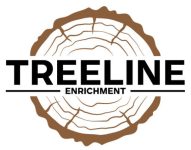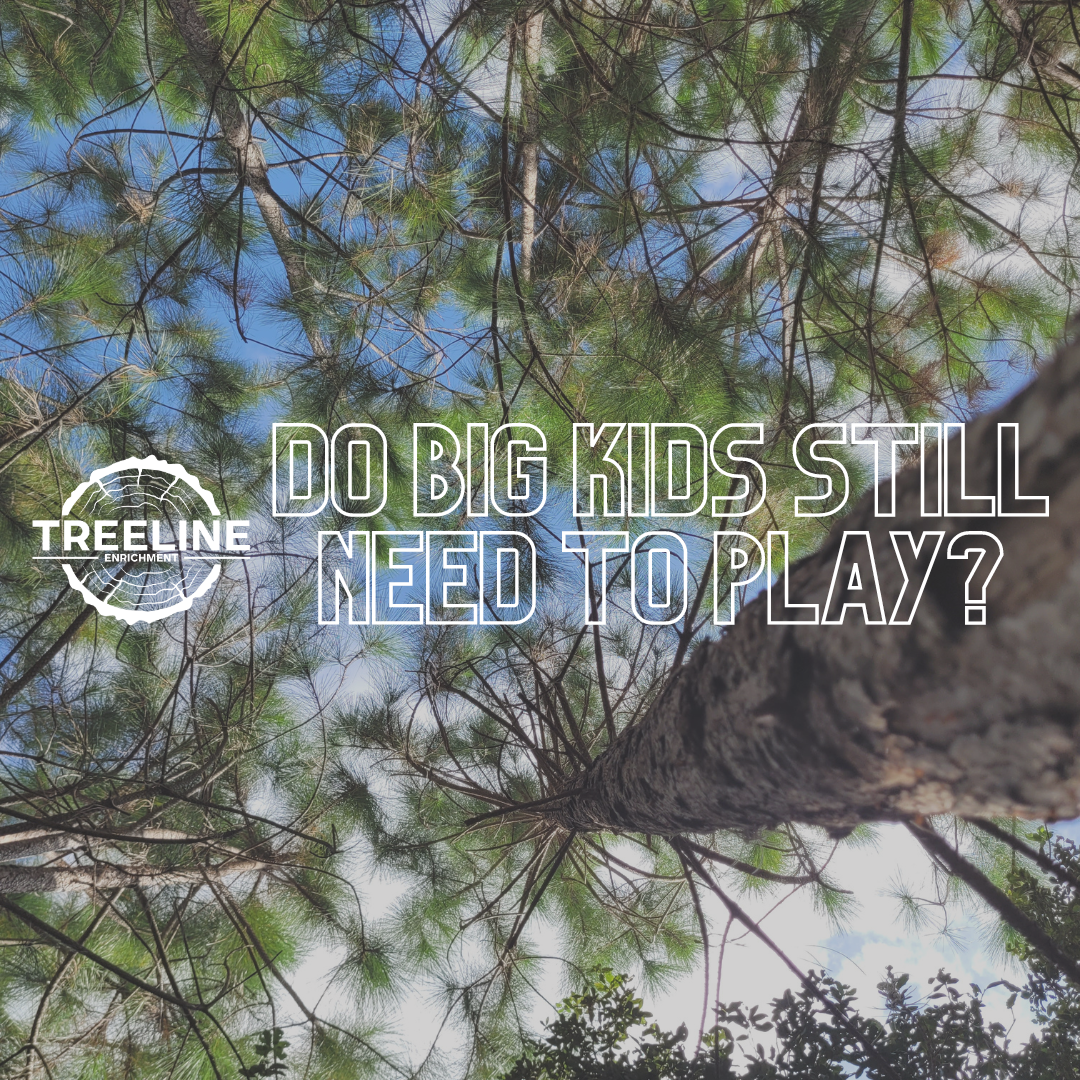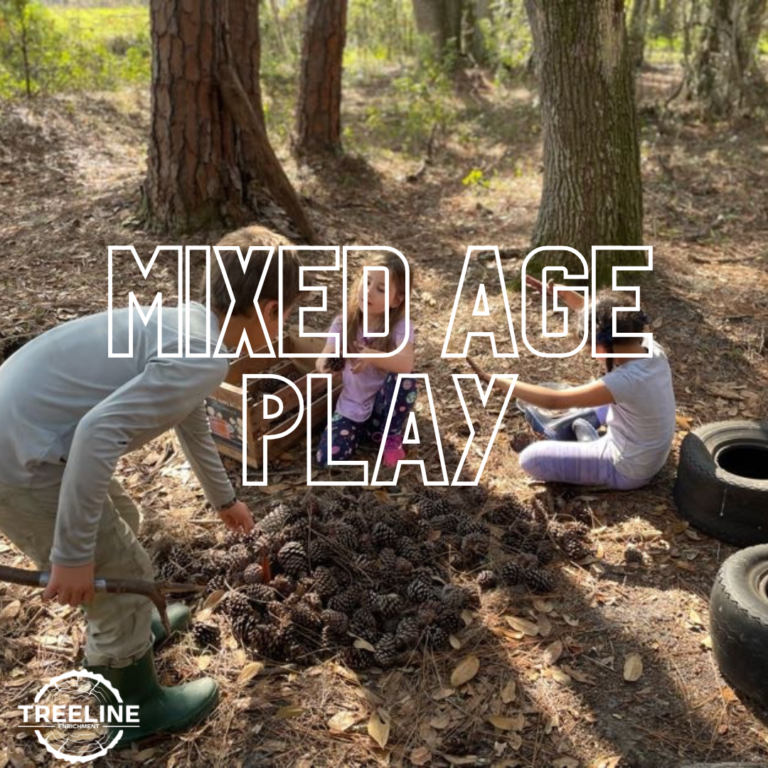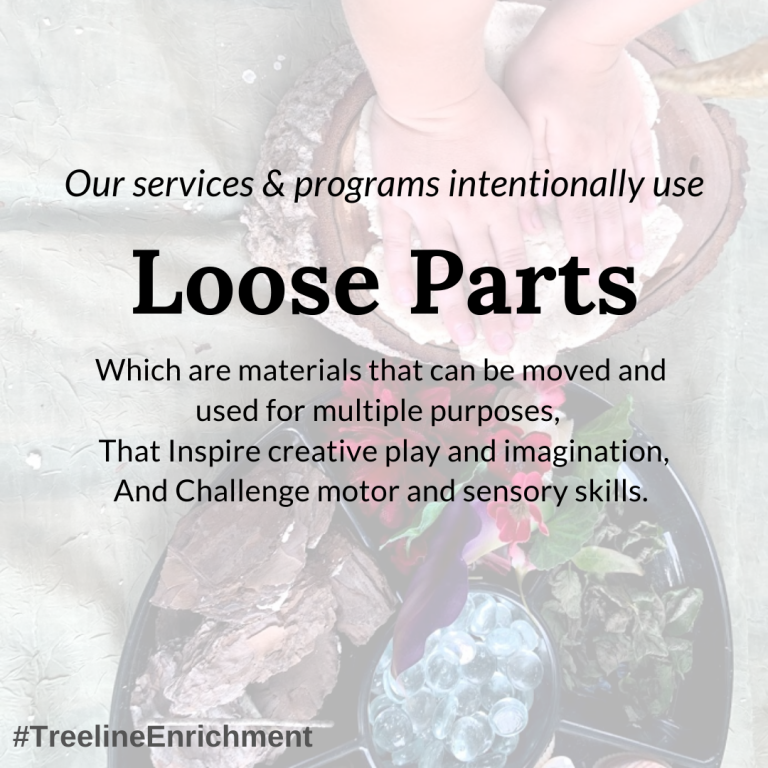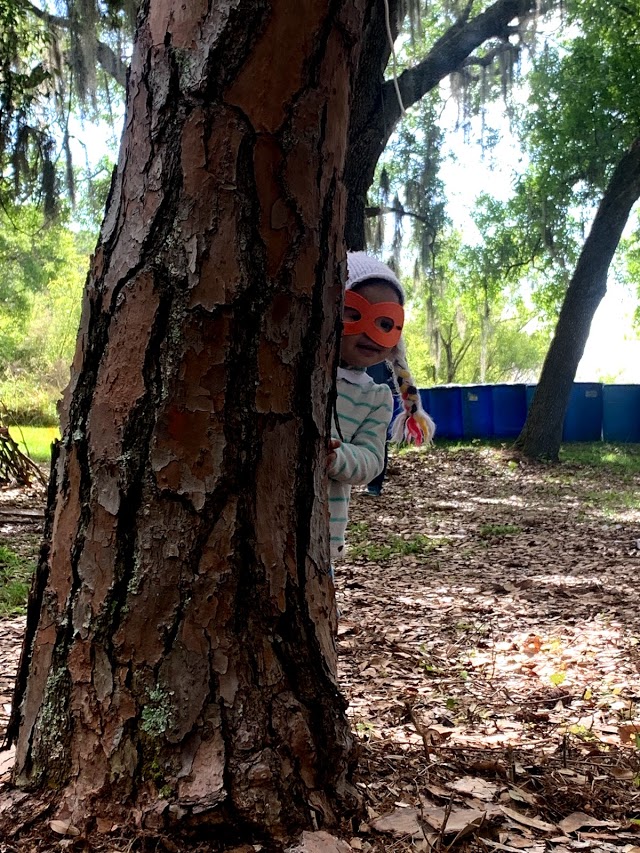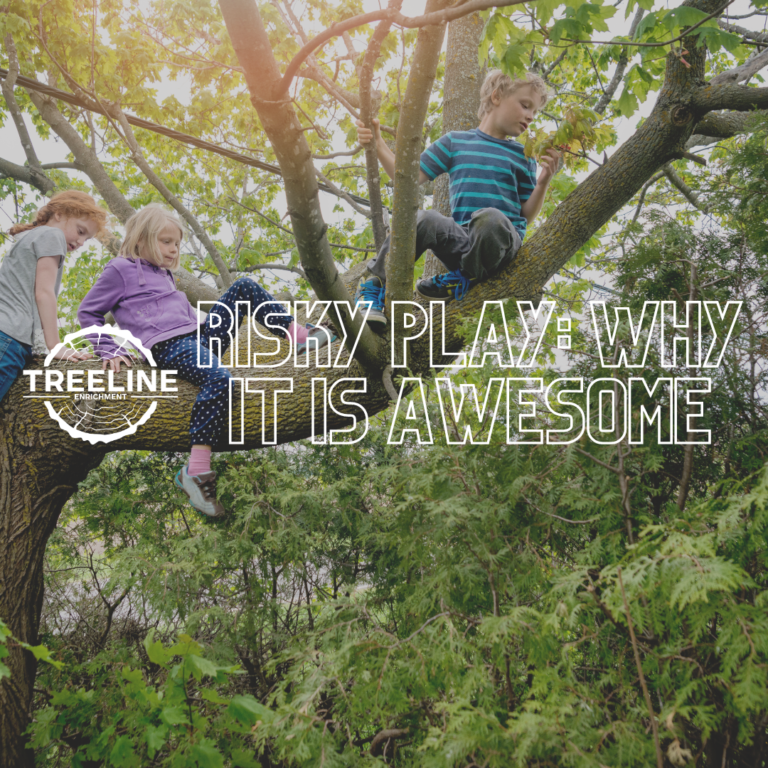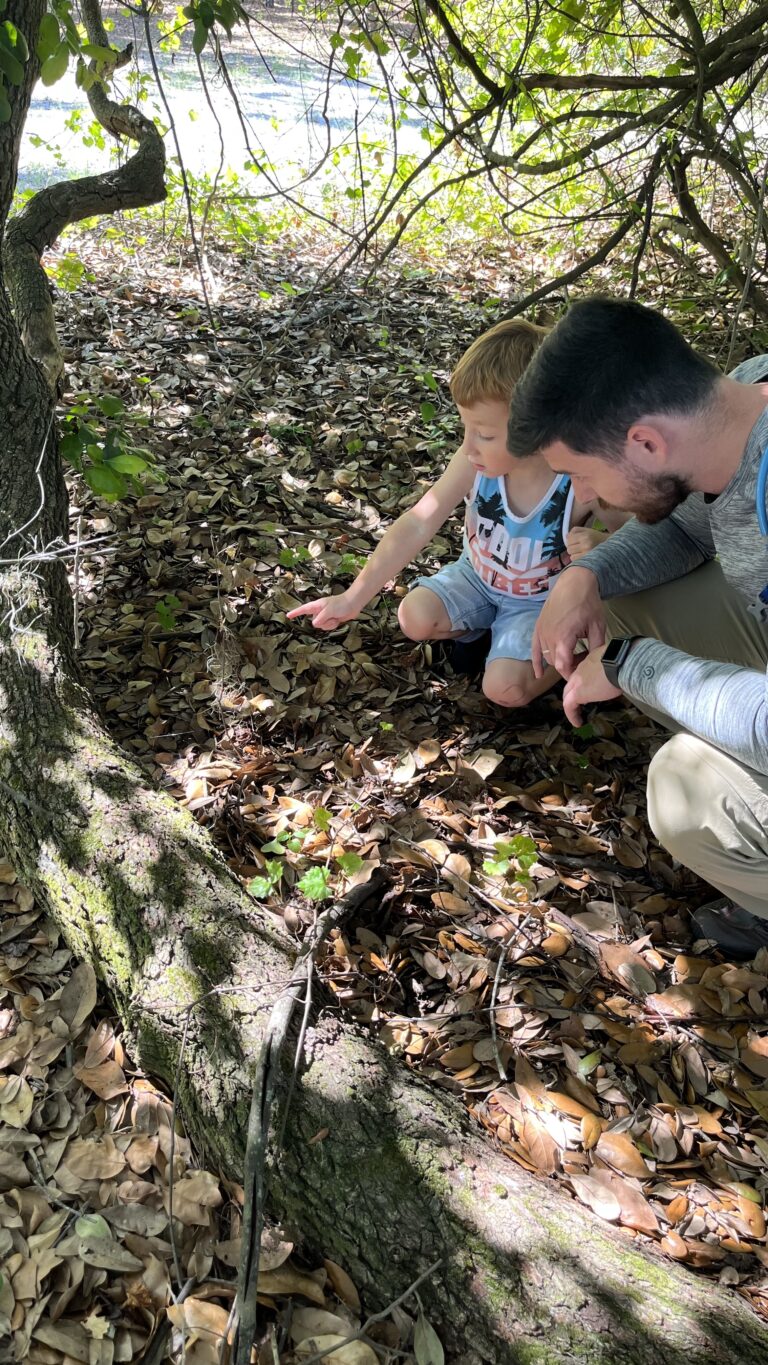Do Big Kids Still Need to Play?
Whenever I bring up an opportunity for my son to take a class, participate in a program as a ‘helper,’ or do anything he isn’t authentically interested in, I get the same reply,
“Mom, I just want to play.”
This reply stands out because it is from a 14-year-old. Yes, big kids still want to play! The problem is that there very few opportunities for pre-teens and teens to ‘just play.’ So, before I go any further, let me define ‘play‘.
Play is a range of intrinsically motivated activities done for recreational pleasure and enjoyment (Garvey, 1990). For this post, I’m defining play as child-led, including activities they choose and resulting in their enjoyment.
In the homeschool community, you will find groups, generally led by parents, that offer meet-ups, classes, and field trips that allow kids to get together and participate in a planned experience. While this is very beneficial, children over 11 are often excluded or feel the experience is not geared towards them. Even in the generally relaxed homeschool community, as a child enters the teenage years, parents tend to spend more time and money on academic pursuits rather than activities that don’t have an educational goal. Why?
Right now, what we are seeing is a rush for teens to finish faster and better than anyone else. Competition not only has created high academic and extracurricular expectations but has forced kids to focus on this earlier than ever before (von Oertzen, 2022).
Social media, societal judgments, and anxiety about our children’s future are often behind the choices of activities we offer our teens. So, the question is:
Do big kids (teens) still need to play?
Yes! I would even take this question further by adding that teens need ‘active play.’ Developmental Neuroscientist Dr. Kwame M. Brown explains active play as: “The act of moving the body via an intrinsic motivation to engage in playful exploration and interaction with others and the environment.” (Brown, 2014). Dr. Brown’s definition outlines:
Five elements making play essential & developmentally beneficial for teens:
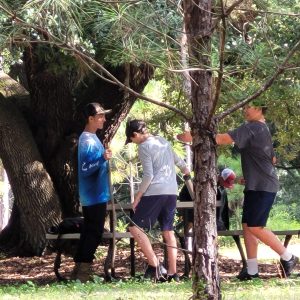
1️⃣ Moving the body
According to the CDC, young people (ages 6-17) need 60 minutes of moderate to vigorous physical activity each day. (That is a little to ask, considering a day contains 1,440 minutes.) Unfortunately, research shows that less than 24% of children in that age group get the recommended amount of physical activity daily. The lack of physical activity can have both immediate and long-term consequences, such as the risk of developing cardiovascular disease, type 2 diabetes, certain types of cancers, and obesity. The benefits of physical activity include higher cognitive performance (better grades, concentration, memory, etc.), better behaviors, improved cardiorespiratory fitness, and weight control. (Centers for Disease Control and Prevention, 2022)
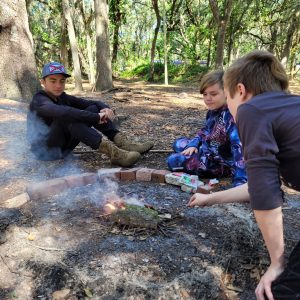
2️⃣ Intrinsic motivation
Teens need the opportunity to do activities simply because they want to, not because there is a consequence for not doing it. Teens are unique individuals who have many different interests. As parents, we can give our teens permission to be silly and have fun. Have a conversation with them, asking what they want to do. If they don’t know, suggest special interest activities based on what you know about your child. Most importantly, build time into your family’s schedule for the activity. Let your teen know you listen and value their desires. (Valeii, 2023)
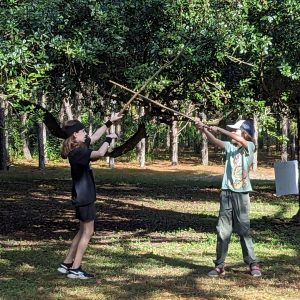
3️⃣ Playful exploration
Occupational therapists tend to quote parents one thing: “Play is a child’s work.” Through play, teens work and learn. In the article, “Why Play is Important for Teens, too,” Lizzie Gavin, M.S., CCC-SLP, TSSLD, discusses that through play, teens ask themselves questions, make plans, experiment, and adjust as needed. Play allows them to develop interests and hobbies. These newfound activities can increase independence, self-confidence, and internal motivation to learn and experience the world. (Gavin, 2019)
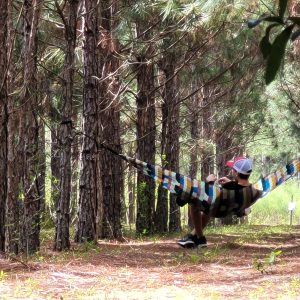
4️⃣ Interaction with others
Being with people around your age with similar interests can make an activity more enjoyable. Through play, they can explore these interests with less stress because nothing is riding on the outcome of the game or activity. In her article, Gavin also points out that play is an opportunity to practice critical social skills such as flexibility, perspective-taking, and teamwork. When the activity is child-led, the children (teens in this case) can choose, make up the roles and rules, begin and end the activity when they want, and seek help if needed. These are skills that can be transferred to jobs later in life. (Gavin, 2019)
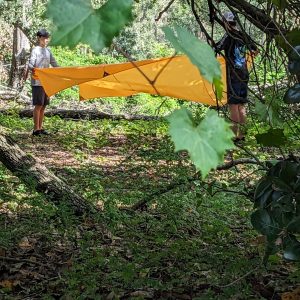
5️⃣ Interaction with the environment
Think about the places you go with your teen – stores, libraries, sporting events, social gatherings – they all take place in environments that have expectations and rules to follow. They usually involve how loud you can be, where you can stand or sit, and who and what you can interact with, among other things. The environment is crucial to play. One of my favorite quotes is from Richard Louv. In his book, Last Child in the Woods, he says:
“In nature, a child finds freedom, fantasy, and privacy; a place distant from the adult world, a separate peace.” (Louv, 2008)
The Big Kids Forest Play Program at Treeline Enrichment takes this opportunity even further by giving 11-14-year-olds experiences things they need:
- Time and space for grand forest adventures
- Creative problem-solving that challenges their minds and expands their executive functioning capacities
- Play-based environments that allow kids to explore roles, perspectives, and emotions without real-life consequences
- Time in nature for its positive impact on mental health
—————–
Keep Playing Wild,
🌳Krystal Lockhart
Certified Play Provider at Treeline Enrichment
Certified TimberNook® provider
Resources:
- Brown, K. (2014). Teenagers need active play, too!. Playground Professionals. https://playgroundprofessionals.com/athletics/fitness/teenagers-need-active-play-too
Centers for Disease Control and Prevention. (2022, July 26). Physical activity facts. Centers for Disease Control and Prevention. https://www.cdc.gov/healthyschools/physicalactivity/facts.htm
Gavin, L. (2019, August 5). Why play is important for teenagers too. LG Speech Therapy. https://www.lgspeechtherapy.com/blog/2018/7/30/why-play-is-important-for-teenagers-too
Louv, R. (2008). Gifts of Nature. In Last Child in the Woods (p. 7). Algonquin Books of Chapel Hill.
Valeii, K. (2023, March 17). Why parents should encourage their teens to play more. Parents. https://www.parents.com/teens-and-play-what-it-looks-like-benefits-and-how-parents-can-support-their-kids-6890227
von Oertzen, A. (2022, May 23). The price teens are paying for today’s high academic expectations. Bayview Therapy. https://www.bayviewtherapy.com/single-post/the-price-teens-are-paying-for-today-s-high-academic-expectations
